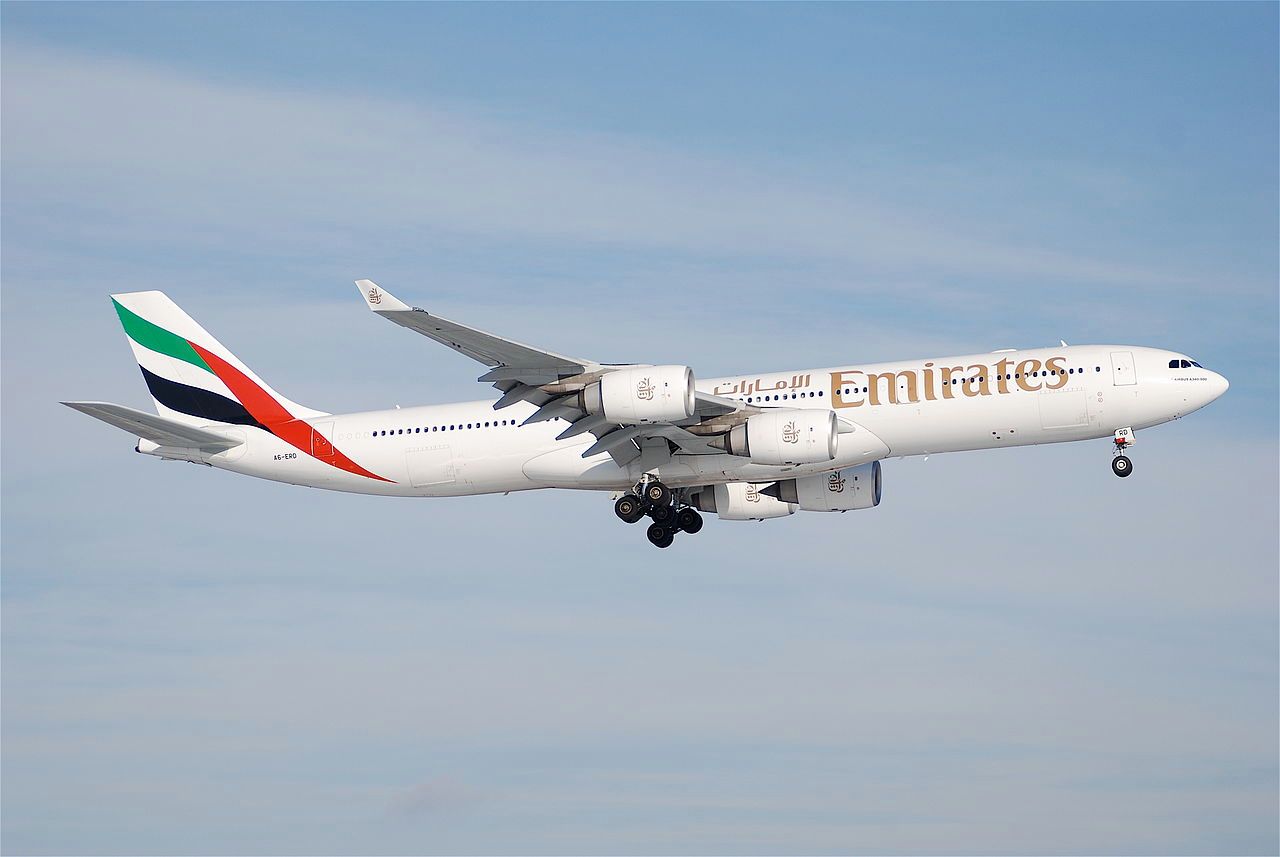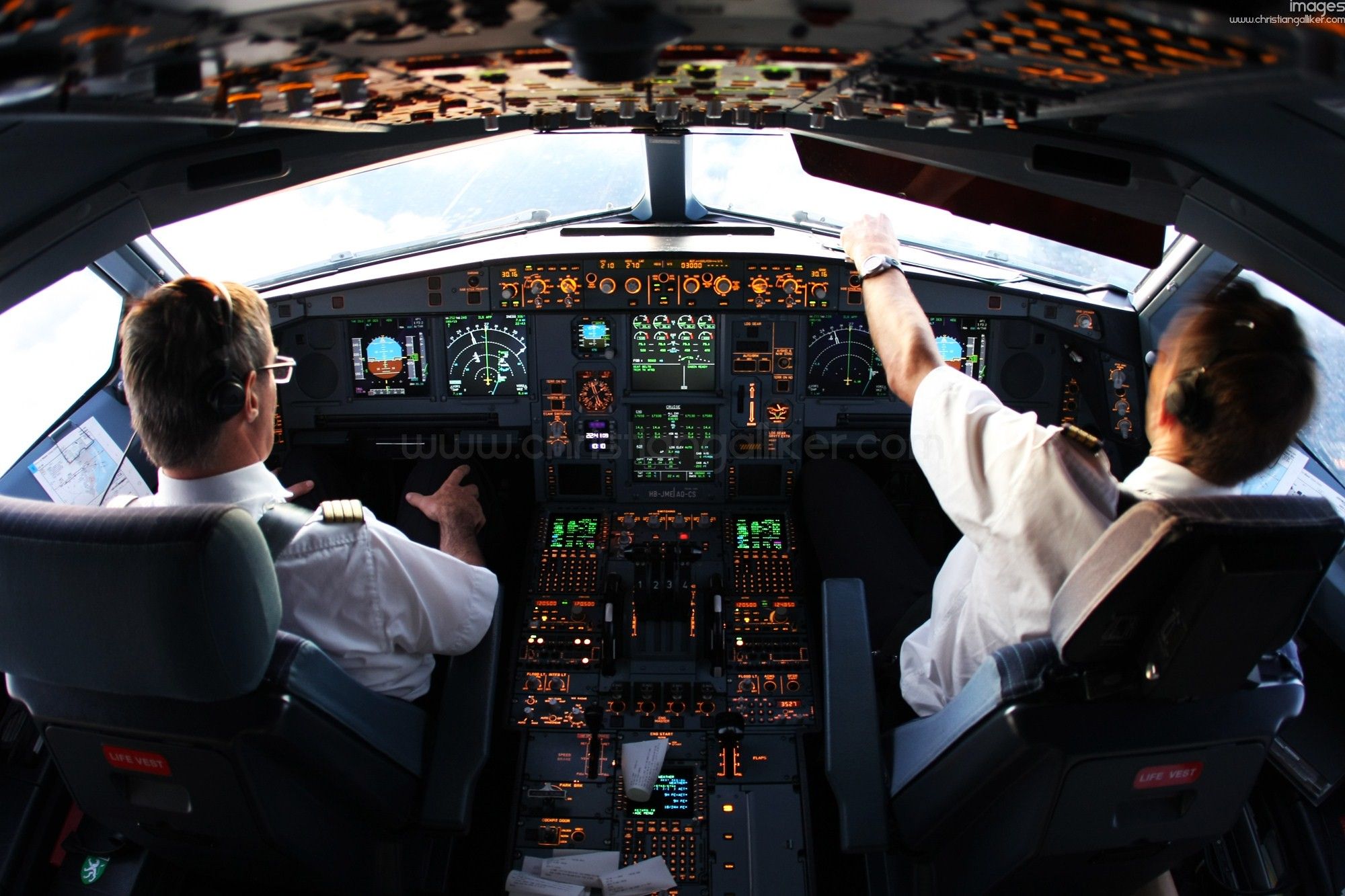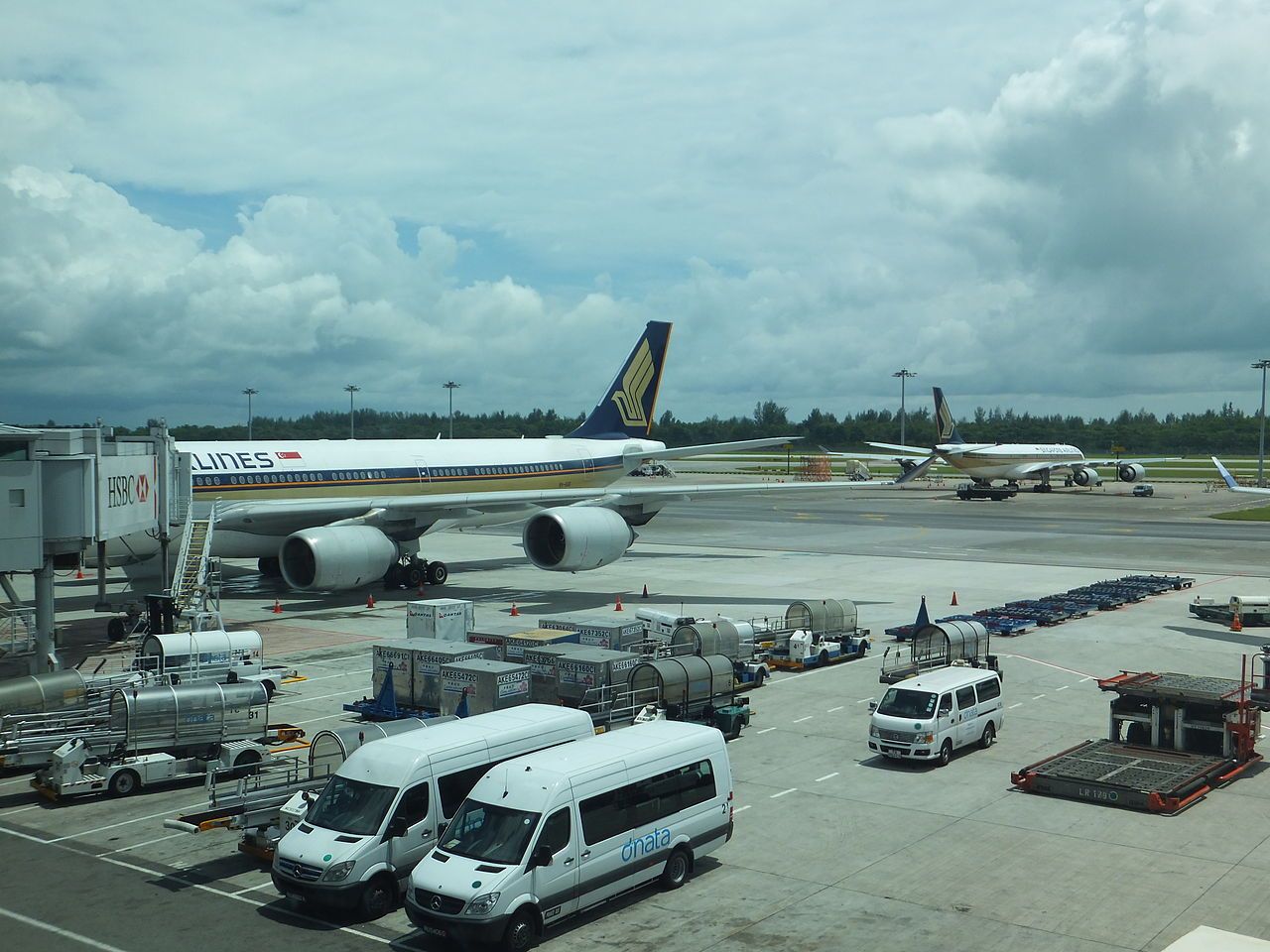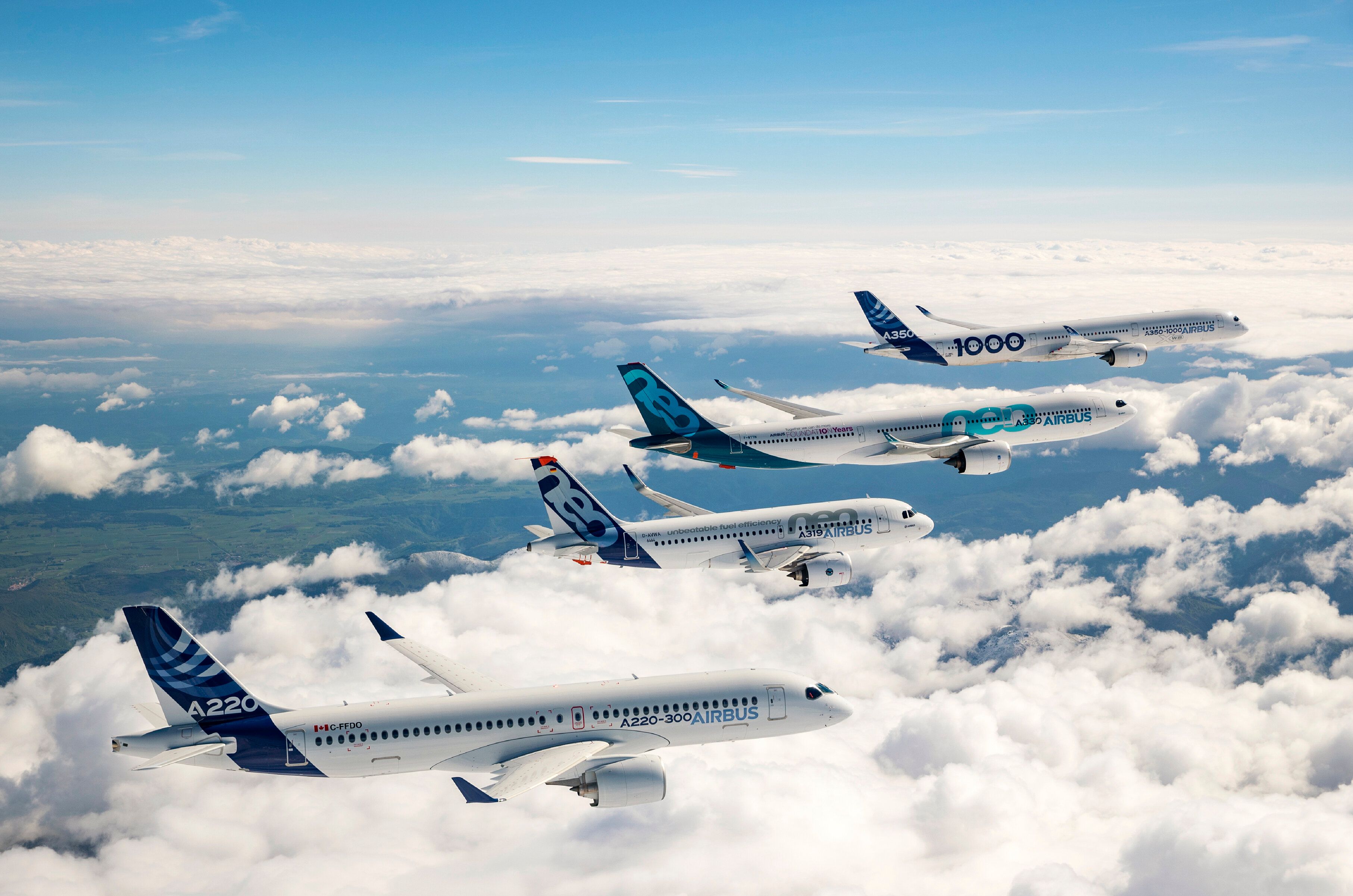In the mid-1970s European plane maker Airbus was looking to build an aircraft that could compete with the offerings from Boeing and McDonnell Douglas. Using the Airbus A300 as a launch pad, Airbus came up with the A330 and A340. Based on a nearly identical airframe, the A330 would be a twin-aisle widebody aircraft powered by two engines, either the General Electric CF6, Pratt & Whitney PW4000, or Rolls-Royce Trent 700.
Because of strict Extended-range Twin-engine Operations (ETOPS) rules, aircraft powered with two engines were only permitted to fly to a range of 90 minutes from an airport where they could land. Because of this, the aircraft was not suitable for long-haul over-water routes. To adhere to ETOPS, Airbus added two more engines to a plane that would become the Airbus A340.
The A340 made its maiden flight in October 1991 and entered service as the A340-200 and A340-300 with Lufthansa and Air France in March 1993.
Airbus developed a larger A340 with more powerful engines
In 1991, Airbus looked at increasing the capacity and range of the Airbus A340-300. Wanting to build an A340 with an ultra-long range, Airbus then developed the A340-500, which would be powered by four Rolls-Royce Trent 500 engines and have a range of close to 9,000 nautical miles. Compared to its predecessor, the A340-500 was just over 13 feet longer, enabling it to accommodate between 270 and 310 passengers in a three-class configuration or 440 passengers in a single-class layout.
Under the command of Airbus Chief Test Pilot Jacques Rosay, the A340-500 made its maiden flight on February 11, 2002. The aircraft took off from Toulouse–Blagnac Airport (TLS) at 10:25 and flew for five hours and 57 minutes while performing flight tests and collecting data. The plane then landed safely in Toulouse at 16:17.
Following more tests, the plane received its airworthiness certification on December 3, 2002, and was due to enter service with Air Canada in the New Year. Air Canada, however, had entered into financial difficulties and was forced to file for bankruptcy protection before emerging a year later.
Emirates became the launch customer
In the meantime, Dubai-based carrier Emirates stepped in to become the launch customer for the A340-500, deploying it on its Dubai to New York route. However, it was not the increased capacity that attracted customers but its impressive range. Singapore Airlines used the A340-500 to fly from Singapore over the North Pole to New York, which was, at the time, the longest non-stop flight in the world.
In 1990 Boeing convinced the Federal Aviation Authority (FAA) that it could deliver a safe twin-engine aircraft that could adhere to the then 180-minute ETOPS rules. The FAA required the new Boeing 777 to demonstrate one year of safe ETOPS 120-minute operations before being given the green light for ETOPS 180.
The Boeing 777 killed the Airbus A340
Having passed the test, Boeing introduced the Boeing 777-200LR in 2006, a plane with a range of 9,395 nautical miles. Able to fly long over-water routes with twin-engine aircraft, airlines lost their enthusiasm for the Airbus A340-500. In 2011 Airbus announced that it was stopping production of the A340 and would look to build a new long-range twin-engine plane which we now all know as the Airbus A350.




